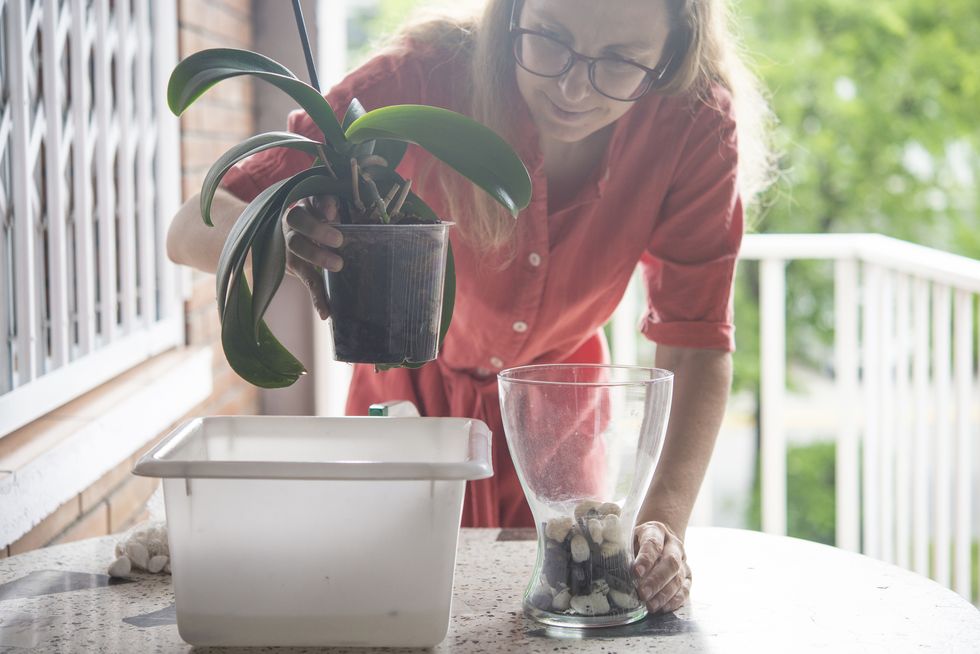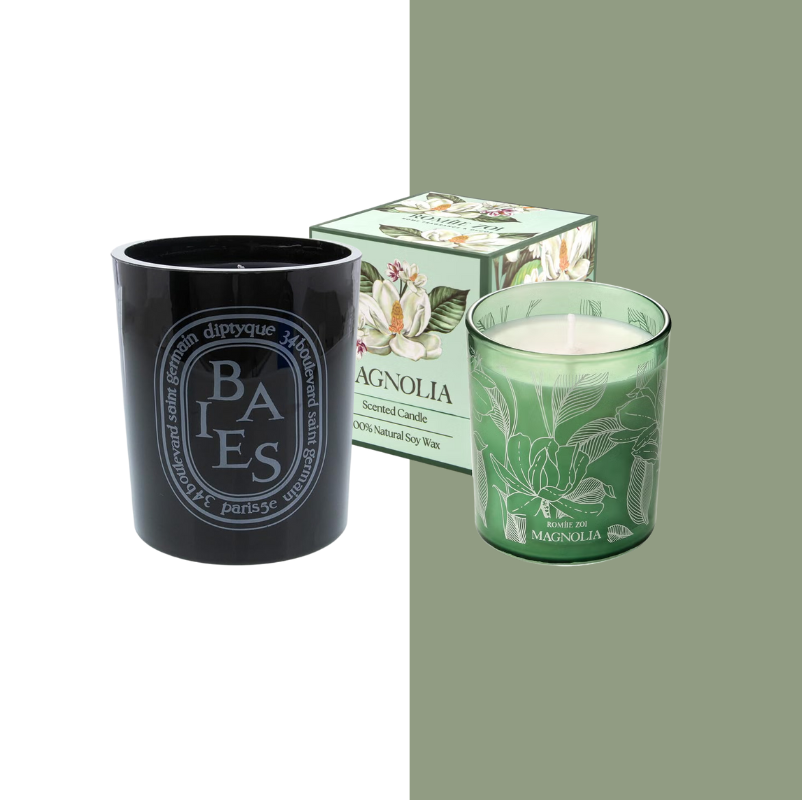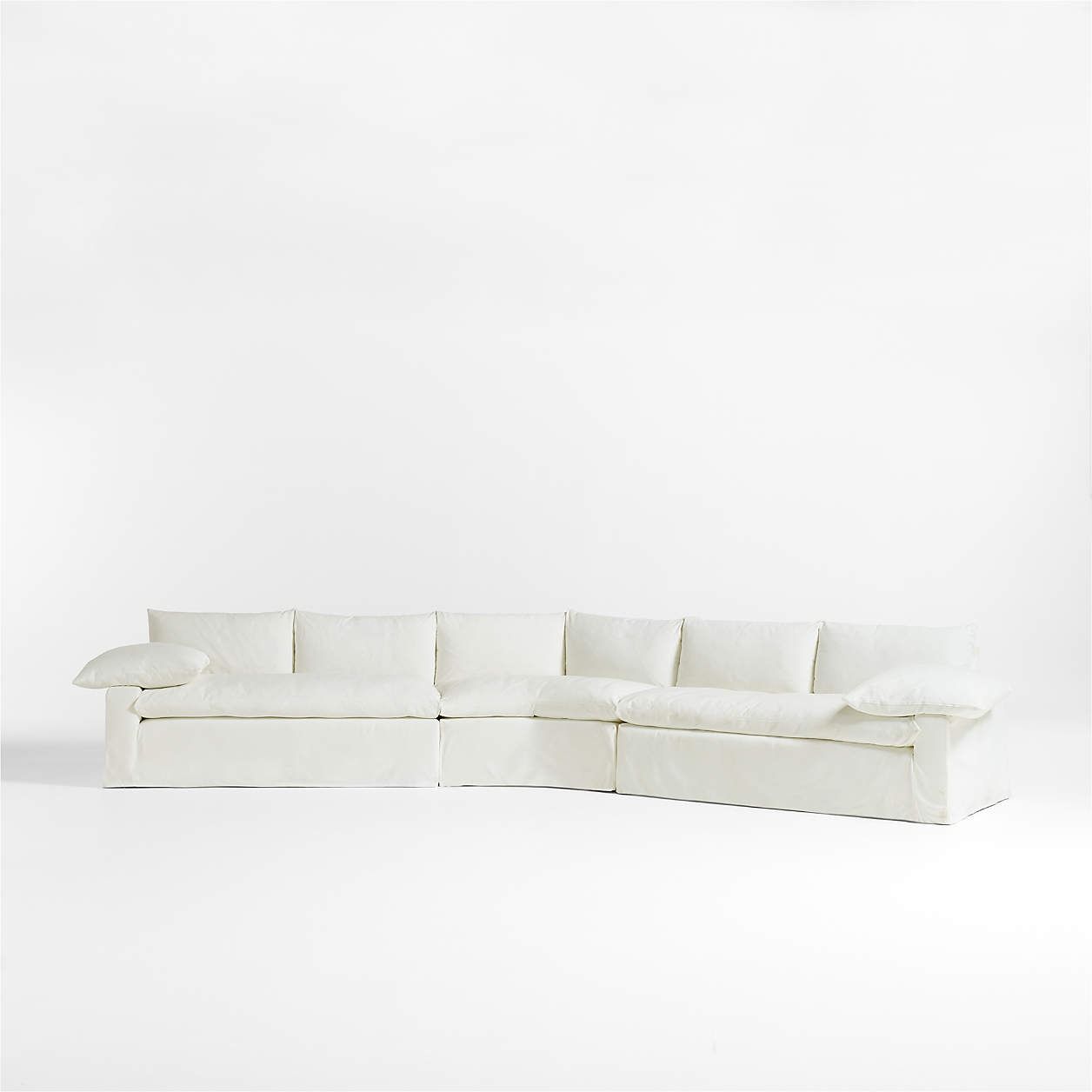For centuries, lavender has captivated us with its silvery foliage and vibrant purple blooms. The ancient Romans added it to their bath water (resulting in its name, from the Latin lavare, to wash), and medieval ladies tucked it between linens for fragrance and pest control. Today, we’re equally enchanted, scattering lavender into everything from cocktails to candles.
Despite its association with luxury, lavender is remarkably unfussy. This Mediterranean native plant thrives on neglect, basks in blazing sun, and flourishes in poor soil. Whether you’re a seasoned gardener or someone whose houseplants regularly stage dramatic death scenes, lavender offers a forgiving entry into horticultural success. With just a few key insights (like excellent drainage, abundant sunshine, and restrained watering), you’ll be harvesting fragrant stems and feeling smugly self-sufficient in no time.
Below is a fool-proof guide to growing lavender.
Choosing Your Lavender
Before you dive trowel-first into planting, let’s get acquainted with the different options. Lavender is a perennial shrub that grows to about three feet tall, sporting silvery-gray foliage and purple flower spikes.
- English lavender (Lavandula angustifolia) is the most cold-hardy and the best for culinary use.
- French lavender (Lavandula dentata) has a longer blooming season, but it’s less cold-tolerant.
- Spanish lavender (Lavandula stoechas) has distinct topped flowers and prefers warmer climates.
- Lavandin (Lavandula x intermedia) is a hybrid variety that produces more oil and larger plants.
When Should You Plant Lavender?
Spring is lavender’s moment—specifically after the frost danger has passed and the soil has warmed up (typically around April or May). Early fall can work too, giving roots time to establish before winter’s chill sets in.
Where Should You Plant Lavender?
Choose your sunniest spot offering at least 6-8 hours of direct sunlight daily. You should space plants 12-18 inches apart—they need proper air circulation to prevent fungal issues.
What Kind of Soil Does Lavender Need?
Heavy, clay-rich soil will not do. Lavender prefers well-draining, slightly alkaline soil. Amend with sand or gravel to improve drainage, because lavender despises wet feet.
The Planting Process
Ready to get your hands dirty? Here’s how to plant lavender like a pro.
- Dig a hole twice as wide and just as deep as your lavender’s root ball.
- Gently remove your plant from its nursery container. If the roots are tightly bound, loosen them slightly to encourage outward growth.
- Position your lavender so the top of the root ball sits level with the surrounding soil—never plant deeper than the original soil line.
- Backfill with your prepared soil mixture, pressing firmly around the base to eliminate air pockets.
- Water thoroughly to help settle the soil around the roots.
- Apply a thin layer of gravel or pebble mulch around the base—this reflects sunlight into the plant’s center and keeps roots cool without trapping moisture.
How Much Should You Water Lavender?
Lavender is delightfully low-maintenance once established. During its first growing season, water regularly to develop a strong root system. After that, it’s pretty drought-tolerant. In fact, overwatering is the quickest way to kill lavender.
Does Lavender Need Fertilizer?
Skip the fancy fertilizers. Lavender actually prefers poor soil. Too much nitrogen will reduce both flowering and fragrance intensity. A handful of compost when planting is all the nutrition it needs.
Does Lavender Need to Be Pruned?
Don’t be shy with those pruning shears! In early spring, before new growth appears, prune your lavender to maintain shape and promote bushiness. After summer blooming, trim flower stems and lightly shape the foliage. This encourages a potential second bloom and keeps your plant from becoming woody and sparse.
Growing Lavender in a Pot
No garden? No problem! Lavender thrives in containers, bringing the charm to patios, balconies, and windowsills.
Choose a pot that’s slightly larger than the root ball with excellent drainage holes. Terracotta or clay pots are ideal as they wick away moisture. Fill with a mixture of potting soil and plenty of grit or sand (up to 25% of the volume) for superior drainage.
Place your potted lavender in your sunniest spot and water only when the soil feels dry to the touch.
Troubleshooting Tips
Yellowing leaves are usually a sign of overwatering or poor drainage. Scale back on water and check that your soil drains properly.
Few flowers mean not enough sunlight is likely the culprit. Lavender needs full sun.
Woody, sparse growth usually indicates insufficient pruning. Be more aggressive next spring to rejuvenate your plant.
How to Propagate Lavender
Why buy more plants when you can make your own? Take 6-inch softwood cuttings in spring, strip the bottom third of leaves, dip in rooting hormone, and plant in a mix of sand and potting soil. Keep the it moist until the roots form, then gradually acclimate to outdoor conditions.
Lavender Winter Care
In zones 5-9, lavender typically survives winter without special attention. In colder regions, a light covering of evergreen boughs can provide protection from harsh elements.

Julia Cancilla is the engagement editor (and resident witch) at ELLE Decor, where she manages the brand’s social media presence and covers trends, lifestyle, and culture in the design world. Julia built her background at Inked magazine, where she grew their social media audiences by two million, conducted interviews with A-list celebrities, and penned feature articles focusing on pop culture, art and lifestyle. Over her five years of digital media experience, Julia has written about numerous topics, from fashion to astrology.





